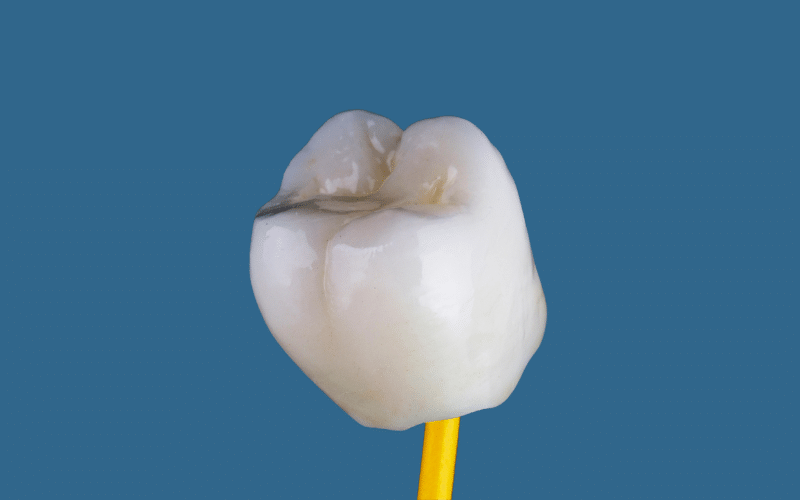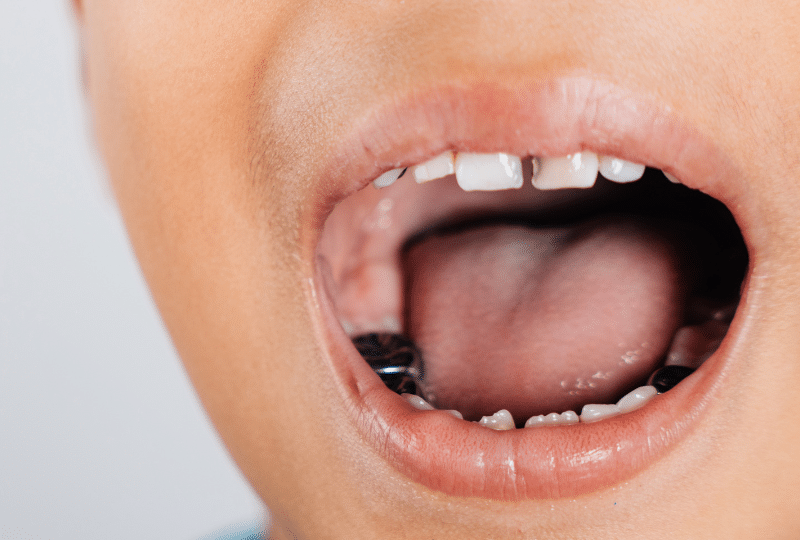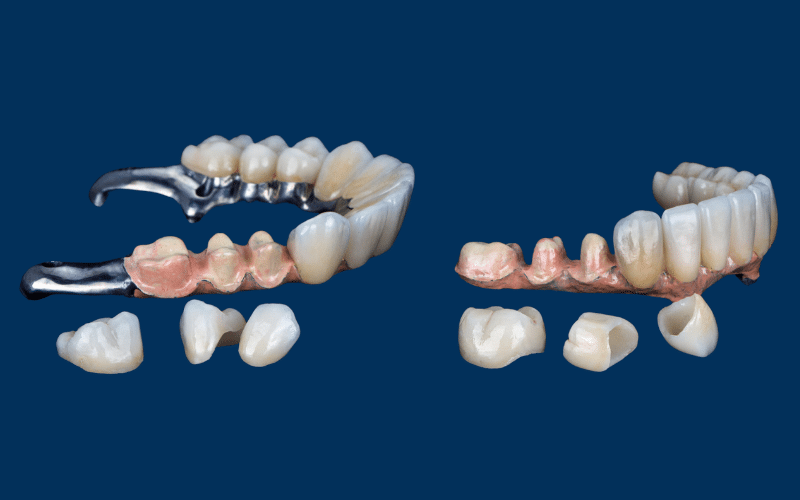Repairing Or Replacing A Broken Crown
San Antonio, TX

A broken crown can often be an unexpected problem. Dental crowns are a type of dental restoration that is designed to be permanent. A crown can become dislodged due to various factors such as injury, accidents, normal wear and tear, or simply as a result of aging. The dentist will assess whether your crown requires repairs or a replacement. Here are the specifics of the dental procedure that the dentist follows while fixing or replacing a damaged crown.
Ways to repair a broken crown
Repairing a broken crown involves various methods employed by dentists.
- One approach is using a dental onlay or partial crown, especially for jagged or fractured crowns. This method, made possible by advanced dental materials, entails creating new cusps for the exposed tooth, reinforcing its structure. The use of dental onlays is less invasive and offers long-lasting results.
- Another technique involves dental bonding, a swift repair method that may be preferred for its efficiency. Completed in a single dental appointment, the dentist applies tooth-colored resin multiple times to reconstruct the dental structure, smoothing out jagged crown edges. Once the resin solidifies, the dentist shapes it to resemble a natural tooth.
- If the broken crown is unfit or unable to protect the tooth adequately, the dentist may opt for a new crown replacement. An impaired dental crown cannot effectively cover the tooth, necessitating a replacement, particularly if the crown fell or broke due to aging. A new crown ensures both the dentist and patient peace of mind, providing the tooth with reliable protection.
- In instances where both the tooth and dental crown are beyond repair, a dental extraction may be recommended. Subsequently, a dental implant surgery follows to prevent sunken cheeks or a sagging jaw. Titanium rods act as dental roots in this procedure.
When should we Replace a broken crown?
Various factors contribute to the failure of a dental crown, necessitating its replacement. Cavities in the natural tooth beneath the crown can weaken it, and a broken crown may result from intense impact. If the underlying tooth has a fracture, replacement becomes essential.
In cases where a dental crown was initially placed over some buildup, and the buildup dislodges while remaining in the crown, inadequate natural tooth structure is left to support the crown. It can lead to dislodgment or breakage, requiring the dentist to remove the broken crown and restore the tooth.
Poor preparation of the original dental crown is a significant factor in its failure. Suppose the crown lacks good frictional retention with the underlying tooth and stability before cementing becomes compromised. In such cases, the dentist may need to lengthen the tooth and replace the crown to restore the required support.
Process of Replacing a Broken Crown
Dental Examination
The dentist conducts a thorough examination, including X-rays, to assess the extent of the damage and the underlying tooth condition.
Crown Removal
If replacement is deemed necessary, the existing crown is carefully removed to assess the tooth structure.
Tooth Preparation
The tooth is prepared for the new crown, which may involve reshaping or building up the tooth structure.
Impressions
Impressions are taken to create a custom-fit crown that seamlessly matches the surrounding teeth.
Temporary Crown
A temporary crown may be placed while the permanent one is fabricated, ensuring the tooth remains protected.
Crown Placement
Once the new crown is ready, it is securely bonded or cemented onto the prepared tooth.
Post-repair and Replacement Care
Oral Hygiene: Maintaining optimal oral hygiene is crucial for the longevity of the repaired or replaced crown. Regular brushing, flossing, and dental check-ups are imperative.
Avoiding Harmful Habits: Habits like teeth grinding can jeopardize the integrity of crowns. Wearing a nightguard may be recommended to mitigate such risks.
Regular Check-Ups: Routine dental check-ups allow the dentist to monitor the condition of the repaired or replaced crown and address any emerging issues promptly.
Whether opting for repair or replacement, the decision should be a collaborative effort between you and your dentist. Understanding the factors influencing the choice and actively participating in post-treatment care is key to ensuring the continued success of your dental crown. If you need any assistance regarding dental crowns, please visit your nearest dental office without delay.





